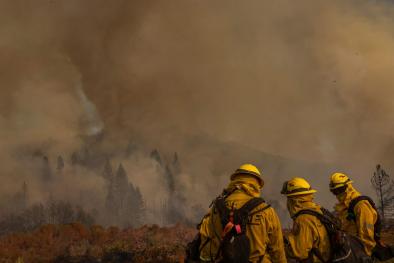The heatwave in North India and Pakistan in April-May 2022
Study key findings & significance
- The chances of a record-breaking heatwave in north-west India and Pakistan has been made over 100 times more likely because of climate change
- By the end of the century the likelihood is estimated to increase by a factor of 275 relative to the natural climate.
Author quotes
“Spells of heat have always been a feature of the region’s pre-monsoon climate during April and May. However, our study shows that climate change is driving the heat intensity of these spells making record-breaking temperatures 100 times more likely. By the end of the century increasing climate change is likely to drive temperatures of these values on average every year.”
Nikolaos Christidis, author of the Met Office attribution study
Abstract
The study aims to a) estimate the likelihood of the combined April and May temperature reaching a new record in year 2022 over a region that has so far been largely affected by high temperature anomalies (62-86E; 23-31N) and b) assess the role of anthropogenic forcings in the changing likelihood of extreme heatwaves. Extreme events are defined as exceedances of the previous record anomaly of 2.24 0C (relative to 1901-1930) observed in year 2010. Temperature observations come from the CRUTEM5 dataset (Osborn et al., 2020), from which only post-1900 data are retained, when the coverage can adequately represent the mean regional temperature. The model simulations start at year 1850. The likelihood of extreme heatwaves is calculated under three different climatic conditions:
- the natural climate, represented by all April-May temperature anomalies extracted from the NAT experiment.
- the present climate, represented by the temperature anomalies in years 2013-2032 extracted from the ALL experiment.
- the climate of the late 21st century, represented by temperature anomalies in years 2081- 2100 extracted from the ALL experiment (ALL simulations extended with SSP2 4.5).
The analysis suggests that human influence has increased the likelihood of extreme April-May temperature anomalies by a factor of about 100. By the end of the century the likelihood is estimated to increase by a factor of 275 relative to the natural climate.
Related Content



